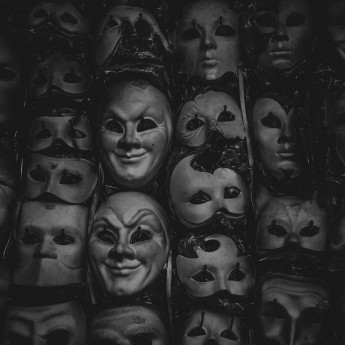
Details
Artist
Styles
Sheet size - 60 x 73 cm; Image size - 50.8 x 61 cm - Edition Bernard Chauveau Stencil from a watercolor painting; signed and numbere // Saint Tropez by Zao Wou-Ki is a delicate engraving from 2006, based on a watercolor painting, capturing the artist's ethereal abstract expressionism. The composition features fluid blues and greens, with soft brushstrokes and splashes that evoke the sense of movement and atmosphere characteristic of Saint Tropez’s coastal scenery. Wou-Ki’s use of translucent layers and light washes creates a dreamlike quality, blending landscape and abstraction. This limited edition print, signed and numbered, is a meditative piece that captures the tranquility and dynamism of nature through abstract forms, inviting the viewer to explore its serene depths.
Saint Tropez, 2006
form
Medium
Size
60 x 73 cm
- Inches
- Centimeters
Edition
Price
- USD
- EUR
- GBP
Details
Artist
Styles
Sheet size - 60 x 73 cm; Image size - 50.8 x 61 cm - Edition Bernard Chauveau Stencil from a watercolor painting; signed and numbere // Saint Tropez by Zao Wou-Ki is a delicate engraving from 2006, based on a watercolor painting, capturing the artist's ethereal abstract expressionism. The composition features fluid blues and greens, with soft brushstrokes and splashes that evoke the sense of movement and atmosphere characteristic of Saint Tropez’s coastal scenery. Wou-Ki’s use of translucent layers and light washes creates a dreamlike quality, blending landscape and abstraction. This limited edition print, signed and numbered, is a meditative piece that captures the tranquility and dynamism of nature through abstract forms, inviting the viewer to explore its serene depths.
- Recently Added
- Price (low-high )
- Price (high-low )
- Year (low-high )
- Year (high-low )
What is abstract art?
Abstract art uses form, shape, line, and color to create a visual experience without attempting to represent external reality. The composition exists independently of the world's visual references, focusing on expressing ideas and emotions through non-representational means.





















